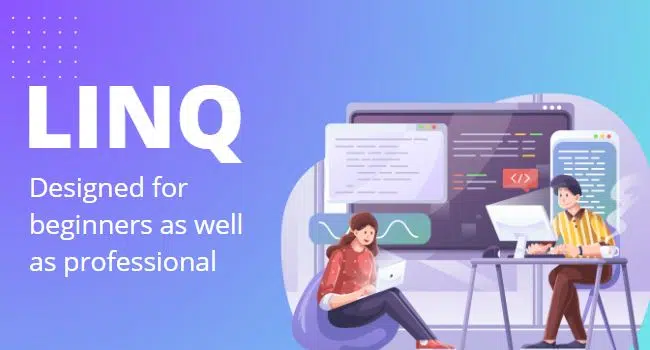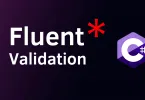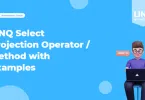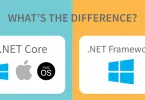In this LINQ Tutorial article series, we will be going to cover all the basic and advanced concepts, and the architecture of LINQ using C# Language. These LINQ Tutorials are going to explain by using different types of applications which include the Console, Windows, ASP.NET MVC, and ASP.NET Web API by taking some real-time scenarios.
As a developer, it is very important to understand LINQ as in most of the real-time applications you are going to use LINQ to perform different types of operations. Here, we will write the Linq query using the C# language.
What is Linq?
Language-Integrated Query (LINQ) is a new feature introduced in visual studio 2008 and .NET Framework 3.5. Developers can write powerful queries in the code to retrieve the data from various types of data sources like SQL, XML, In memory objects, and XQuery.
Earlier developers have to learn the syntax for writing queries for each data source. LINQ provides a simple but very effective way to manipulate data from different data sources such as databases, XML files, or with a simple list of in-memory data. LINQ simplifies by offering a model to work with the data across various kinds of data sources.
Why do we use LINQ?
Now we learn why LINQ is created, or why we use LINQ. The following points explain why we use LINQ.
- The main purpose behind creating LINQ is before C# 3.0 we use for loop, for-each loop, or delegates traverse a collection to find a specific object, but the disadvantage of using these methods for finding an object is you need to write a large sum of code to find an object which is more time-consuming and make your program less readable. So to overcome these problems LINQ introduced. Which performs the same operation in a few numbers lines and makes your code more readable also you can use the same code in other programs.
- It also provides full type checking at compile time, it helps us to detect the error at the runtime so that we can easily remove them.
- LINQ is a simple, well-ordered, and high-level language than SQL
- You can also use LINQ with C# array and collections. It gives you a new direction to solve the old problems in an effective manner.
- With the help of LINQ, you can easily work with any type of data source like XML, SQL, Entities, objects, etc. A single query can work with any type of database no need to learn different types of languages.
- LINQ supports query expression, Implicitly typed variables, Object and collection initializers, Anonymous types, Extension methods, and Lambda expressions.
Advantages of LINQ
- User does not need to learn new query languages for a different type of data source or data format.
- It increases the readability of the code.
- The query can be reused.
- It gives type checking of the object at compile time.
- It provides IntelliSense for generic collections.
- It can be used with arrays or collections.
- LINQ supports filtering, sorting, ordering, and grouping.
- It makes easy debugging because it is integrated with C# language.
- It provides easy transformation means you can easily convert one data type into another data type like transforming SQL data into XML data.
For whom?
These LINQ tutorials are designed for beginners as well as professional developers who want to learn LINQ in C# step by step from the very basic to the advanced concept. These tutorials provide a hands-on approach to the subject with step-by-step program examples that will assist you to learn and put the acquired knowledge into practice.
What you will learn from these LINQ Tutorials?
This Linq Tutorial will start with the basics of Linq and as we progress we will also cover the advanced topics. Here we explain each topic with easy-to-understand explanations, real-time examples, and important notes to remember. These LINQ tutorials are divided into a series of related topics so that it will be good for you to start from a topic that must be understood first, and then gradually you will learn other concepts of LINQ.
Prerequisites:
There are no prerequisites required to learn LINQ as we are going to start from the very basics. It is good to have .NET Framework and Visual Studio installed on your computer, as it might assist you in executing the examples yourself and getting to know how it works.
The topics covered in this course are:
Note: If we missed any topics in this Linq Course, then please let us know by giving a comment in the Comment Box and we promise as soon as possible we will publish articles on that topic.






Leave a Comment